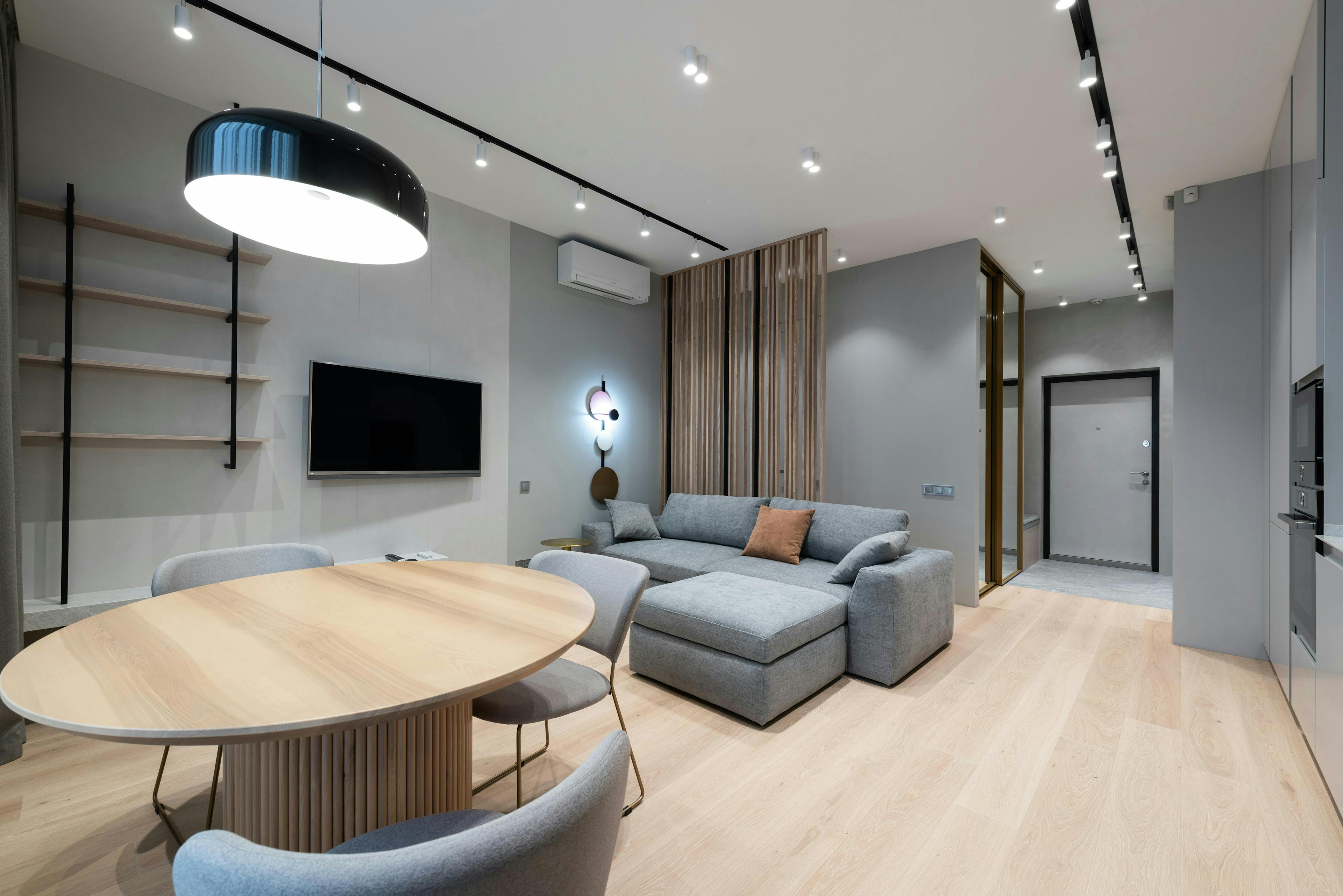Mold in Your Home: When It's a Problem and How to Tackle It

Mold is a natural part of the environment, but when it invades your home, it can become a serious issue. Not only can it damage your property, but it can also pose health risks to you and your family. Understanding when mold becomes problematic and knowing the steps to effectively remove and prevent it are key to maintaining a healthy living space.
Recognizing the Problem
Mold becomes a problem when it begins to grow indoors, particularly in moist areas. Common culprits for indoor mold growth include leaks in roofs, windows, or pipes, as well as areas that have experienced flooding. Mold can grow on a variety of materials such as paper, wood, dust, insulation, and even in fabrics and upholstery.
Health Concerns Linked to Mold
Exposure to mold can lead to a range of health issues, especially for those with mold allergies or respiratory conditions. Symptoms can include sneezing, coughing, eye irritation, skin rash, and more severe reactions like asthma attacks. For individuals with compromised immune systems, the risks can be even greater, potentially leading to infections.
Biotoxins released from water-damaged buildings are also a significant factor in disrupting the innate immune system. This dysregulation can result in chronic inflammation, manifesting in a variety of symptoms. Individuals exposed to these biotoxins may experience a wide array of issues, including fatigue, weakness, muscle cramps, unusual pains such as ice pick pain, light sensitivity, tearing, sinus problems, shortness of breath, abdominal pain, diarrhea, joint pain, and morning stiffness.
Cognitive functions can also be affected, leading to memory issues, difficulty with focus and concentration, problems with word recollection, confusion, and disorientation. Skin sensitivity, mood swings, appetite swings, and problems with temperature regulation or dysregulation are also common. Some may experience excessive thirst, increased urination, static shocks, numbness, tingling, vertigo, a metallic taste in the mouth, and tremors. These symptoms highlight the complex and systemic impact that mold exposure can have on an individual's health beyond the respiratory symptoms and allergic reactions commonly associated with mold.
Safe Mold Removal Practices
If you're tackling mold removal yourself, it's essential to take proper safety precautions. Wear protective gear such as N-95 masks, gloves, and goggles to prevent contact with mold spores. For minor mold problems, a solution of diluted vinegar can be effective for cleaning various surfaces. However, for larger infestations, especially those over 10 square feet, it's recommended to seek professional help.
Preventing Mold Growth
Prevention is the best defense against mold. Keep indoor humidity levels low, fix leaks promptly, and ensure good ventilation in moisture-prone areas like kitchens and bathrooms. Regular home maintenance and waterproofing can also be crucial in preventing mold from taking hold.
Professional Resources and Assistance
For significant mold issues, consulting with a professional mold remediation specialist is advisable. They can assess the situation, remove the mold safely, and help identify and rectify the source of moisture that led to the mold problem.
Conclusion
Mold in your home should be taken seriously. By staying vigilant about moisture control and acting quickly at the first signs of mold, you can protect your home and health. If you suspect a mold issue, don't hesitate to reach out to professionals who can provide the expertise and services needed to ensure your home remains a safe and comfortable environment.